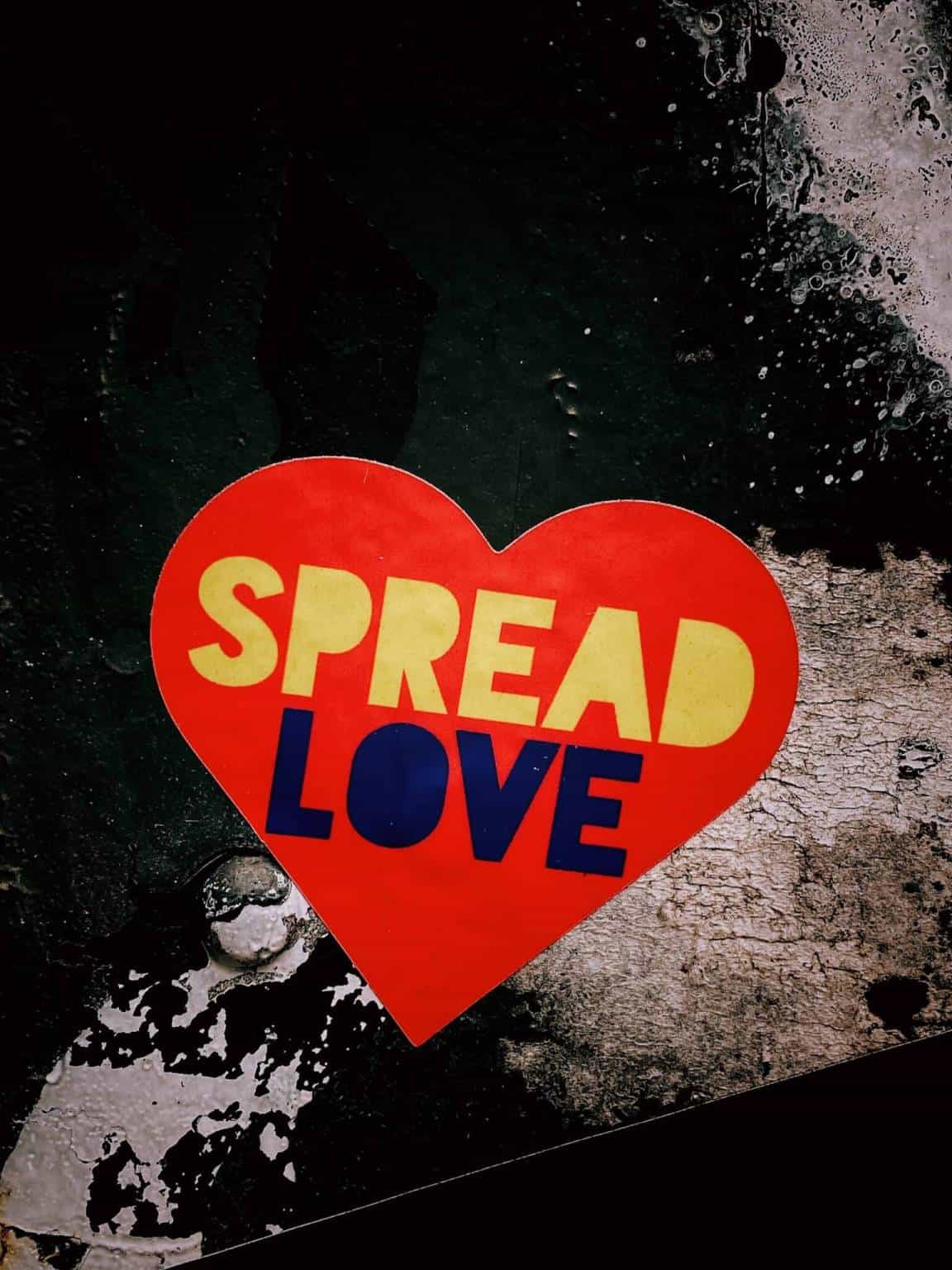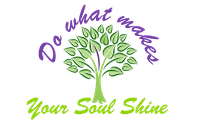
Info heart
Heart shape - our heart is a hollow organ a so-called hollow muscle that transports blood by contraction. This ensures our supply to the organs.
When a doctor specializes in the heart's condition, he is at home in cardiology - the study of the structure, function and diseases of the heart. Cardiologye active.
Heart shape - our heart is located in the left rib cage and is surrounded by a chest pouch. Laterally, it is surrounded or protected by our lungs.
In fact, our heart rests on the diaphragm. Heart shape - our heart. This is fused with the sternal sac. In front of our heart is the sternum breastbone). Furthermore, the atrium of the heart is directly adjacent to the esophagus. In other words, between the 2-5 ribs in the costal arch. Moreover, our heart shape,- our heart is approximately as big as our fist.
As already mentioned, our heart is usually anchored in the left chest. However, it can occur in the case of so-called right heart. While the weight of a heart in men is 278-340 g, in women this weight is 230-280 g on average.
You can also use 0.5 % of your body weight as a guide. By the way, at 500 g one speaks of a critical heart weight. This can occur if, for example, the coronary vessels grow at the same rate. Over the years, our heart grows on the one hand and on the other hand, it has been determined that our heart muscle renews itself slightly max. 1 %.
While our arteries transport blood from the heart to the individual organs, it is exactly the opposite with the veins. The veins transport the blood from the organs to the heart. Both transports function like a one-way street in one direction only. The backflow of blood is prevented by the tricuspid valve.
Arteries in the systemic circulation transport oxygen-rich blood, while arteries in the pulmonary circulation transport oxygen-poor blood.
Spaces and vessels of the heart
Scheme of the human heart
When we retire, our blood is pumped about 5 liters in adults over the During physical exertion, the pumping capacity can be increased about fivefold, with the Oxygen demand increased accordingly. This increase is achieved by doubling the stroke volume and increasing the heart rate by a factor of 2.5.
While our heart rate (beats/minute) at rest is 50-80/min (over 120-160 in newborns), it can increase to over 200/min under stress.

Heart shape - our heart as a symbol
Of course, most people will think of love and red when they hear the word heart, apart from our internal organ of course. It also symbolizes love, emotions, feel, sense...

